Oculus has announced both Oculus Quest and Rift S are available right now for preorders and will both be shipping May 21st. Oculus Quest is the first standalone headset for the mass market to have comparable quality to PC-driven VR. The Rift-S, on the other hand, is for the high-end PC-driven power users trying to achieve the ultimate in quality.
The Oculus Quest for a mass market
The price point for Quest has been confirmed at US$399 (64GB) and $US499 (128GB). New Zealand pricing confirmed at NZ$699 and NZ$899 respectively – which includes delivery downunder. This is an aggressive pricing strategy from Oculus, aimed at putting as many devices as possible into the user’s hands and establish the mass market for VR.
Oculus Quest will launch with an impressive library of 50+ titles including Beat Saber, Creed, Journey of the Gods, Space Pirate Trainer and Sports Scramble.
You can read our deeper dive on Quest when it was announced here. But in summary, we can confirm the graphics are impressive for a stand-alone unit – as expected. You can imagine the visual quality as a PC based VR experience when the PC graphics settings are dialled down and all post-processing effects are removed. Quest boasts very high resolution at 1600 x 1440 per eye. That is the equivalent of Vive Pro and utilises OLED so it features rich blacks. The optics are fantastic. FOV is similar to the Oculus Go or the previous Rift and runs at an acceptable 72fps.
Quest also had a very nice feature which allows the user to see through the headset into the real world using the front cameras. Picture quality was not strong, but this allows you to draw the play boundaries in augmented reality. By far the best boundary setup experience we have seen and certainly the fastest. This feature allows you to map and store multiple rooms and the Quest did a decent job of recalling the space fairly quickly.
The Quest will ship with the new touch controllers, the same as the Rift S. Rings now face upwards to help the headset cameras track them. The battery cover is strangely on top, which means you can accidentally pop it open in “excited” experiences. Controllers are useable with Rift S – but not the previous Rift.
Next level (er, step) VR for Oculus Rift S
Oculus Rift S is the next stage of evolution for current Oculus Rift experiences. It is an incremental improvement, not the “Rift 2”. It was first revealed a month ago and is already open for preorders, shipping at the same time as Quest and at the same price point – US$399 or NZ$699 for our New Zealand audience.
The same inside out tracking is used on both Rift S and Quest. No base stations are required. Superior tracking to Quest is achieved with a fifth camera that tracks above the head. The fifth camera helps by tracking hand movement which goes above and slightly behind the head. Occulus believe this is the future compared to ‘outside in’ tracking. So they will focus on refining an inside out tracking approach across all products.
Rift S has a 2560 x 1440 total resolution – same as the Oculus Go. Around 40% more than older headsets like Vive. But, lower than Quest’s total resolution of 2880 x 1600. Despite the lower resolution, the subpixel layout is better with less of a screen door effect. It inherits a lot of the same display technologies from Oculus Go including the single panel LCD. That means blacks are not as rich as the individual OLED displays of Quest. The LCD choice was made to achieve a low price point Oculus wanted to achieve with the Rift S and given the Rift S is supposed to be the high end of the market, well, we would have preferred to see the OLED displays from the Quest.
The lenses have been improved further from the Oculus Go with a bigger ‘sweet spot’ allowing for digital IPD. It doesn’t have as wide an adjustment as manual IPDs so those with very narrow or very wide IPD the product will not be suitable. FOV is improved over the previous Rift by allowing the display to be closer to the users face. The FOV improvement is marginal to anyone used to the previous Rift. Fantastic optics have all but removed the ‘god ray’ effect, hallelujah.
The keen-eyed might notice the Lenovo logo on the side of the headset. A partnership with Lenovo gave Rift S the ergonomic halo headband which Lenovo in turn licensed from Sony – as seen on the PSVR. A smart move which boasts superior comfort and easy fit. Stereo open headphones are built into the head strap. So no over the ear headphones for noise cancelling and people around you will also hear the audio. You can fit your own headphones though.
Surprising at first, refresh rates have been dropped from 90fps to 80fps. The reasoning for this is minimum PC spec is no different to Rift despite the increased resolution on offer. Rift S is fully compatible with the existing Rift library of titles.
Oculus are tight-lipped at this stage on the ability for users and developers to ‘overclock’ the headset to 90fps for users who have the PC power to do so.
Nat Mitchell (Oculus Head of VR Product) said user feedback on the Rift was clear; we want a higher resolution display, improved optics and out of the box room-scale (inside out tracking). Rift S is about addressing that specific feedback.
Unlike a separate line up of Vive Pro to Vive, Rift S is a direct replacement for Rift and Oculus has already begun to phase Rift out.
Rift S features the same clever “Pass Through Mode” mixed reality for boundary setup that Quest has but enhanced with stereo playback of your environment. The focus for this is usability for the device at the moment, so boundary set up and helping users pick up their controllers etc. But Oculus is considering allowing developers to access the cameras for their experiences in the future.
Conclusion
Oculus are clearly focusing on mainstream VR and betting heavy that Quest is the way forward. It is a fantastic product priced aggressively. High-end VR users, on the other hand, get Rift S but it is only a slight incremental upgrade to appease the previous Rift users who have been hungry for an upgrade for some time now. Should you buy a Rift S over a Vive Pro? Short answer, no, but the longer answer; possibly neither. Valve Index is on the horizon boasting superior specifications to both. Stay tuned.
Where to go for pre orders?
You can preorder the Quest here Rift S here.

Mike heads our creative team with 20+ years of cross-media design agency experience. Mike also brings a wealth of developer experience – being our resident coder with a number of apps to his name.

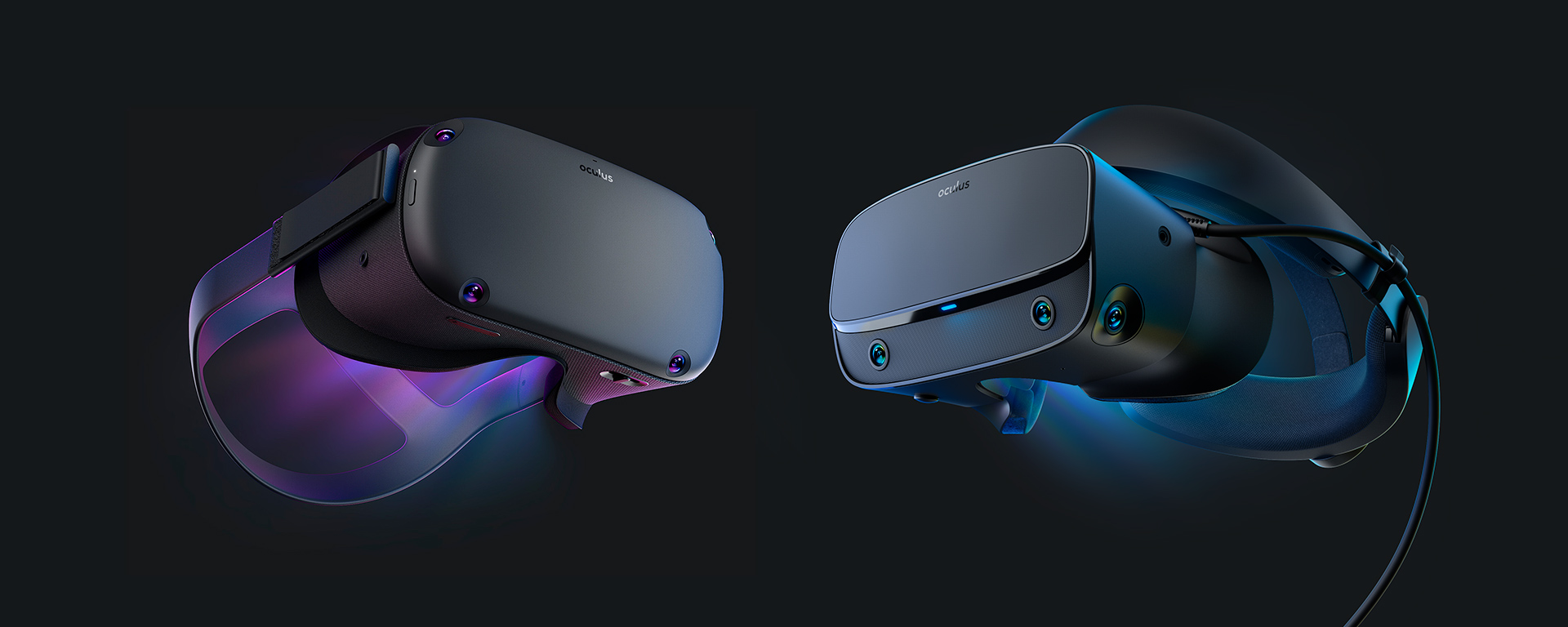
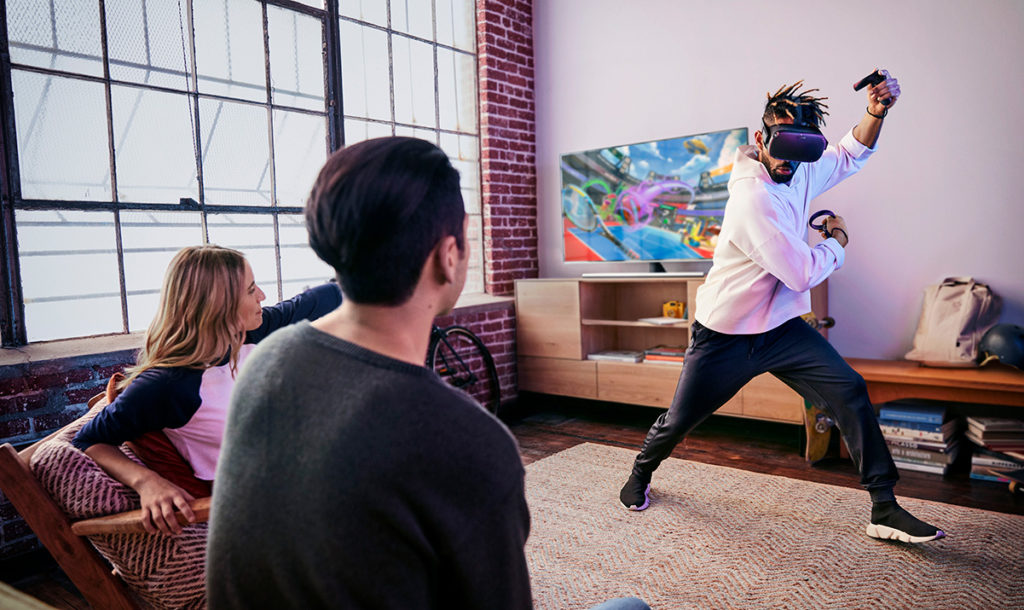
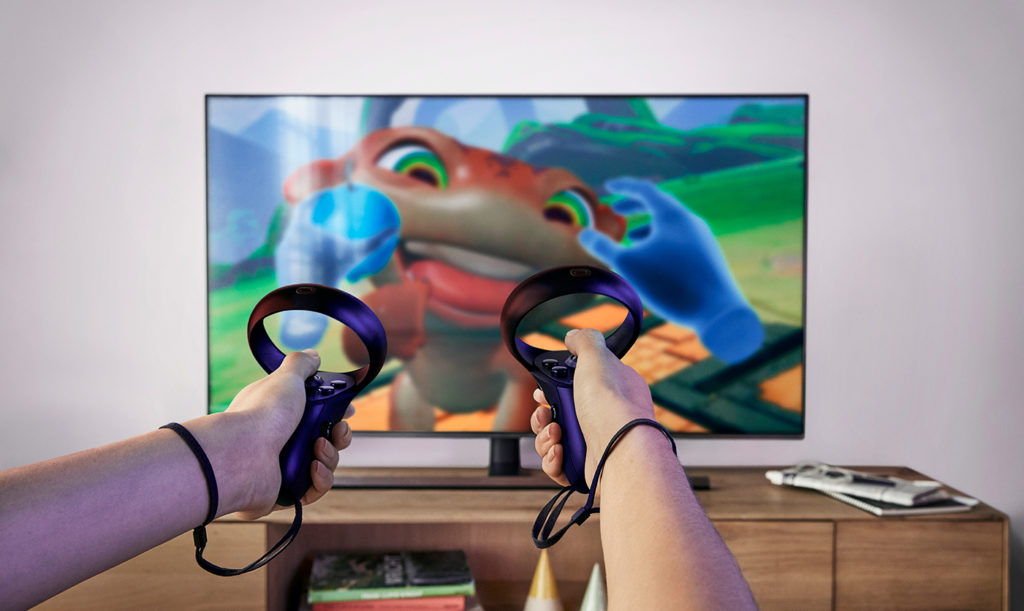
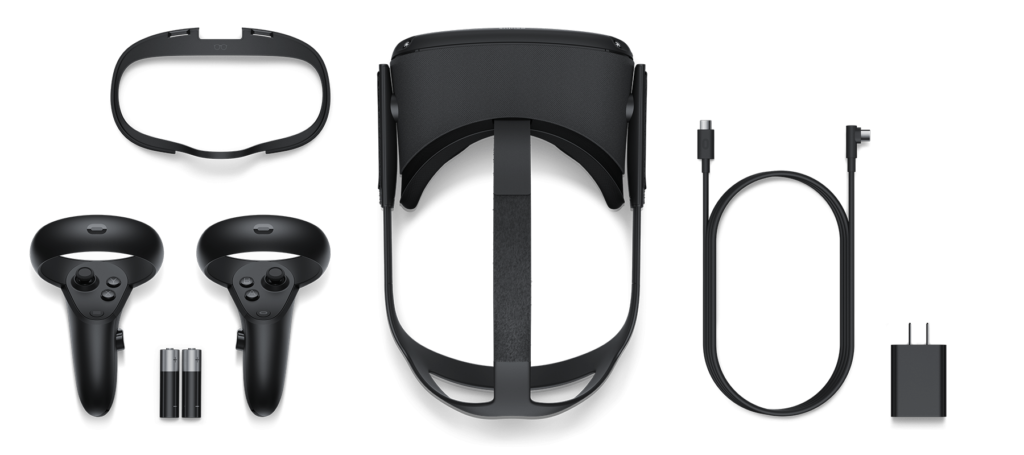
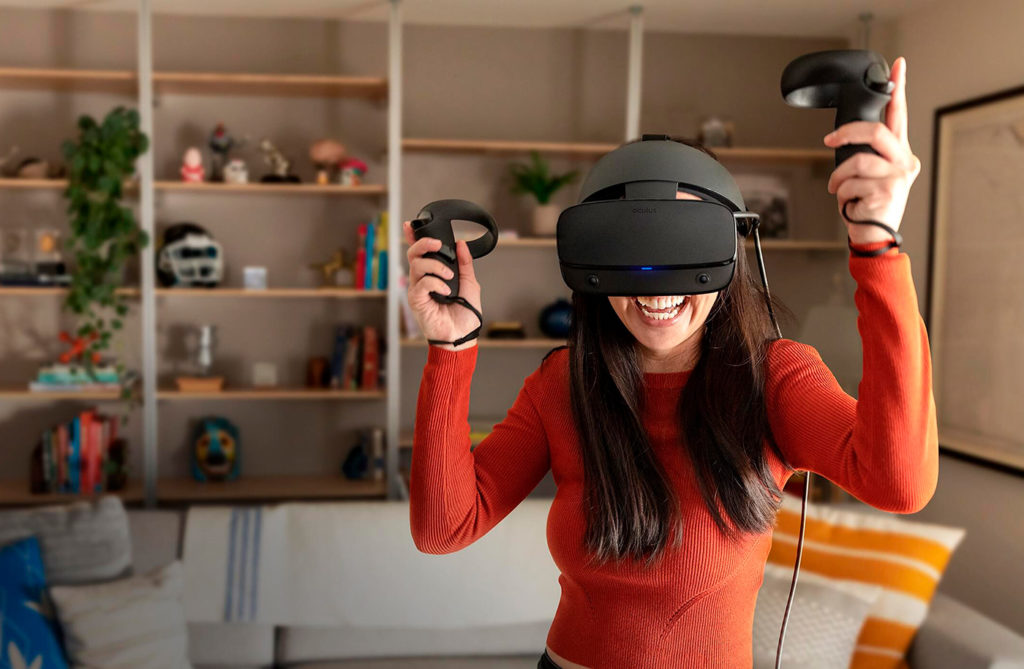
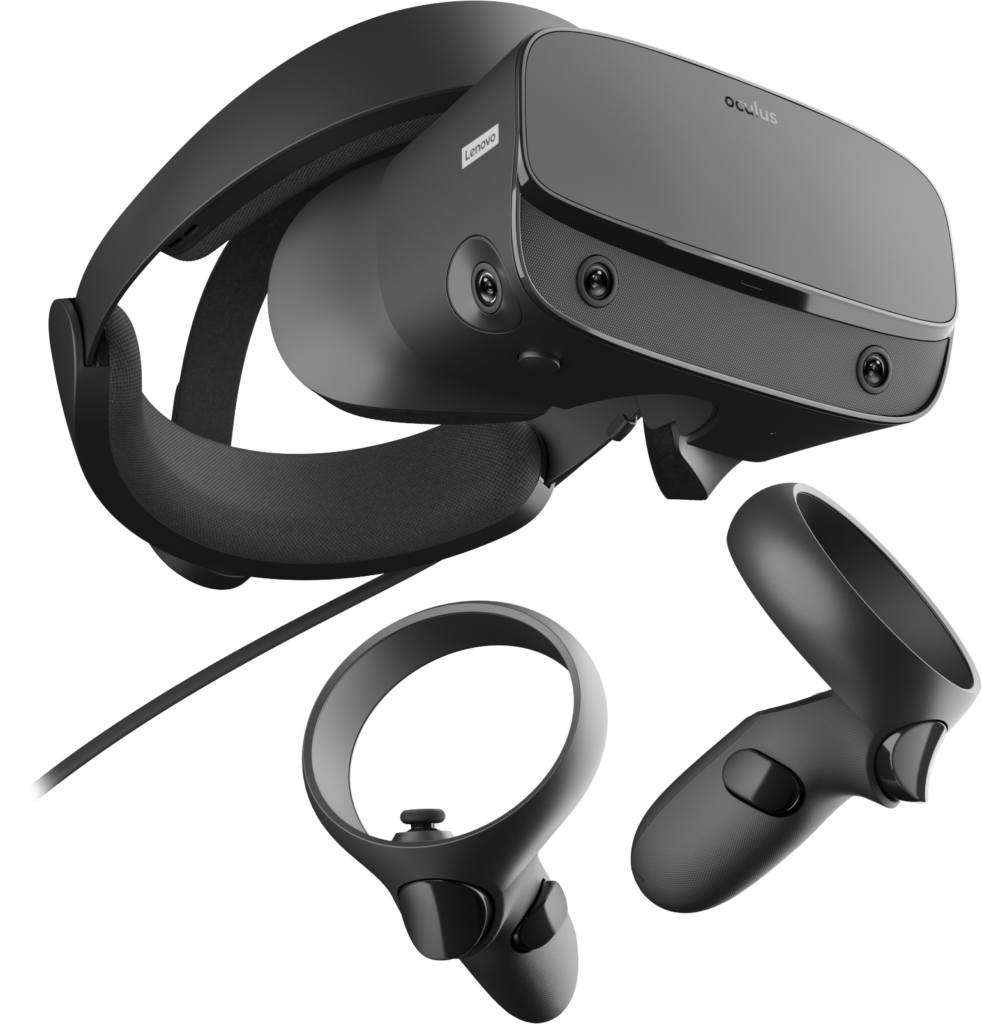
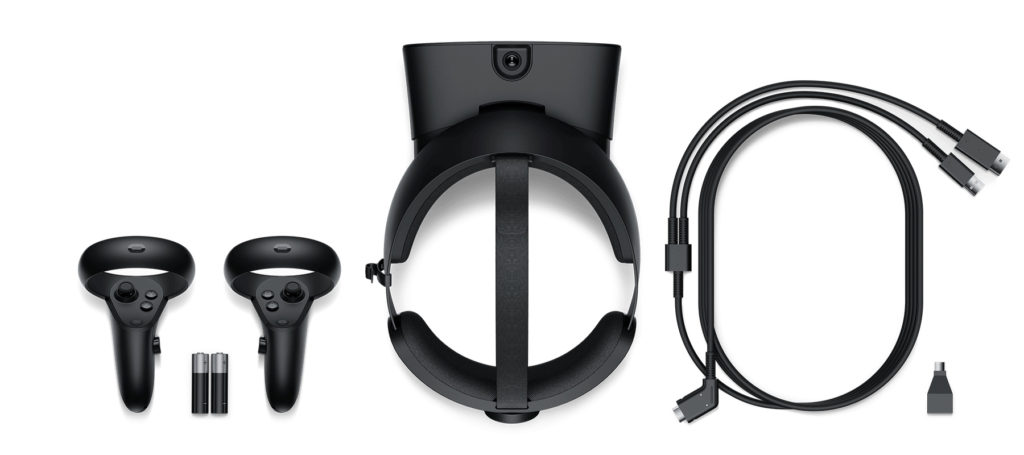
Excellent explanation, Keep up the great work